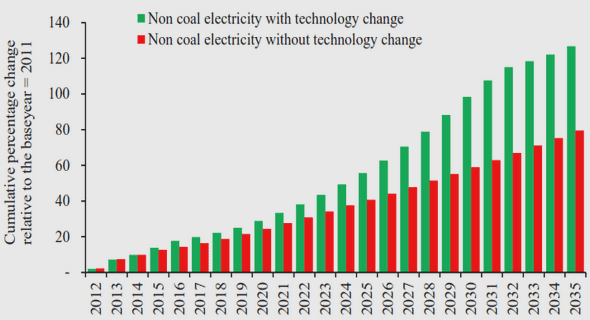(Downloads - 0)
For more info about our services contact : help@bestpfe.com
Table of contents
PART 1: SYNAPTIC DEVELOPMENT NEVER STOPS
1. The Formation and Maturation of Excitatory Synapses
2. Synaptic Plasticity
2.1. Short-Term Synaptic Plasticity
2.2. Long-Term Synaptic Plasticity
3. AMPA-type Receptor Turnover
3.1. AMPA-type Receptors
3.2. AMPA-type Receptor Turnover
3.2.1. Delivery of AMPARs to the Synapse
3.2.2. AMPARs Membrane Insertion
3.2.3. Surface AMPARs: Stabilization, Anchoring and Clustering
3.2.4. Lateral Diffusion of AMPARs
3.2.5. Endocytosis of the AMPAR: Internalization
3.2.6. AMPARs Recycling
3.2.7. Degradation of AMPARs
3.2.8. Colophon
PART 2: THE OLIVOCEREBELLAR NETWORK AS A MODEL TO STUDY EXCITATORY SYNAPSE FORMATION AND FUNCTION
1. Organization of the Olivocerebellar Network
1.1. Global Structure of the Cerebellum and Inferior Olive
1.2. Histology of the Cerebellar Cortex
1.3. Cerebellar Efferences and Afferences
1.4. Afferences and Efferences of the Inferior Olive
2. The Life of Purkinje Cell Excitatory Synapses
2.1. The Parallel Fiber/Purkinje Cell Synapse
2.2. The Climbing Fiber/Purkinje Cell Synapse
3. Cerebellar Functions
3.1. Sensorimotor Cerebellar Functions
3.2. Cognitive Cerebellar Functions
PART 3: SUSHI DOMAIN PROTEINS IN THE NERVOUS SYSTEM
1. The Sushi Domain
2. Sushi Domain-containing Proteins are Evolutionarily Conserved in the Nervous System
2.1. Caenorhabditis elegans: LEV-9
2.2. Drosophila melanogaster: Hig and Hasp
2.3. Vertebrata
2.3.1. GABAB Receptors
2.3.2. SEZ-6
2.3.3. SRPX2
2.3.4. SUSD Family
2.3.5. CSMD Family



